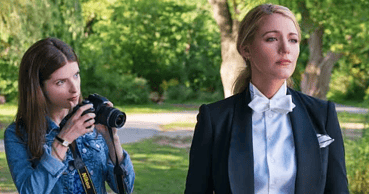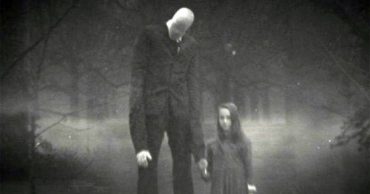The Shawshank Redemption is a cinematic classic from renowned filmmaker, Frank Darabont. At its core, the film serves as a deep dive into the human spirit’s ability to triumph against all odds. Set in the Shawshank State Penitentiary, the film follows Andy Dufresne, a banker who is wrongly convicted of murder. Upon arriving at the harsh prison, Dufresne forms a unique bond with Red, a seasoned inmate. Together, they navigate the harsh realities of prison life while holding onto their hopes and dreams.
The Shawshank Redemption not only explores themes of friendship, resilience, and the pursuit of freedom, but also delves into the corrupt and oppressive system within the penal system. With a stellar ensemble cast including Tim Robbins as Andy Dufresne and Morgan Freeman as Red, their poignant performances breathe life into the characters and make them unforgettable. Since its release in 1994, The Shawshank Redemption has gained a remarkable legacy, not only becoming a fan favorite but also earning critical acclaim. Despite an initially lukewarm response at the box office, the film’s popularity grew over time through word of mouth and ultimately became one of the most beloved and revered movies of all time. So, here’s the true story behind this now iconic prison movie.
The Origins of The Shawshank Redemption
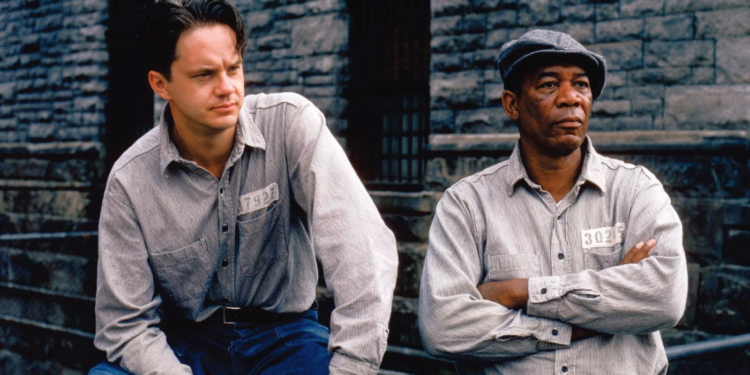
The Shawshank Redemption is is based on Stephen King‘s novella, Rita Hayworth and Shawshank Redemption, which was released in 1982 as a part of his collection of short stories, Different Seasons. While the film retained its core theme of hope, friendship and redemption, director Frank Darabont extrapolated the story to a 142-minute movie. The film adaptation differs from Stephen King’s original novella in several ways. First and foremost, the novella is narrated by Red, a seasoned inmate serving a life sentence, whereas the movie allows for multiple perspectives and storylines to be explored. Furthermore, the novella offers a darker and more somber tone, while the film presents a more hopeful and uplifting narrative.
The Original Choices for the Cast and Crew Behind The Shawshank Redemption
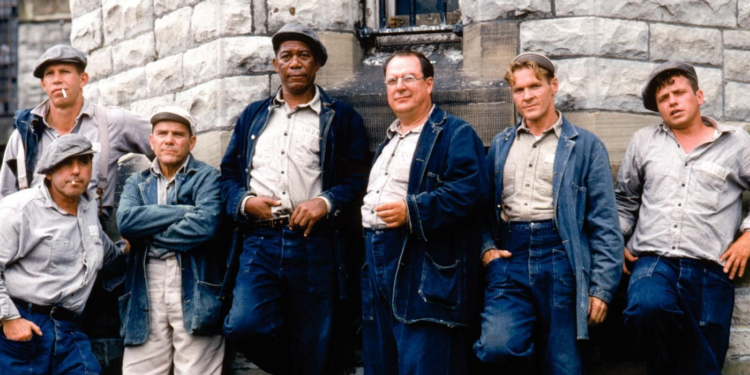
Stephen King and Frank Darabont have an interesting dynamic that has seen them collaborate numerous times. At the beginning of his career, Darabont showcased his directing abilities with the 1984 short film, The Woman in the Room. The short was based on a book by King, and this is where their relationship was formed and blossomed. Interestingly, a key reason so many of King’s books have been given the Hollywood treatment is due to the fact that he often sells the rights for very reasonable prices. In fact, as Darabont was an emerging talent with no credits to his name, King sold him the rights to The Woman in the Room for only $1.
Close to five years later, Darabont reached out to King asking to buy the rights to Rita Hayworth and Shawshank Redemption. King accepted in return for $5000 dollars. However, King did not spend the money. Instead, he framed it and sent it back to Darabont with an inscribed note saying, “In case you ever need bail money. Love, Steve.”
So, Darabont got to work on adapting the book into a novel, spending nearly five years on the script. However, this did not cement him in as the director. When the script got into the hands of Castle Rock Entertainment, co-founder Rob Reiner fell in love with material and wanted to direct the project. Having already directed King’s material with Misery and Stand By Me, Reiner was keen to do so again. In fact, he even started to reach out to Hollywood stars like Tom Cruise and Harrison Ford to play the lead roles. To that, he offered Darabont $3 million to direct the movie. However, Darabont respectfully declined his offer and chose to direct the movie himself.
The Story Behind the Tensions on the set of The Shawshank Redemption
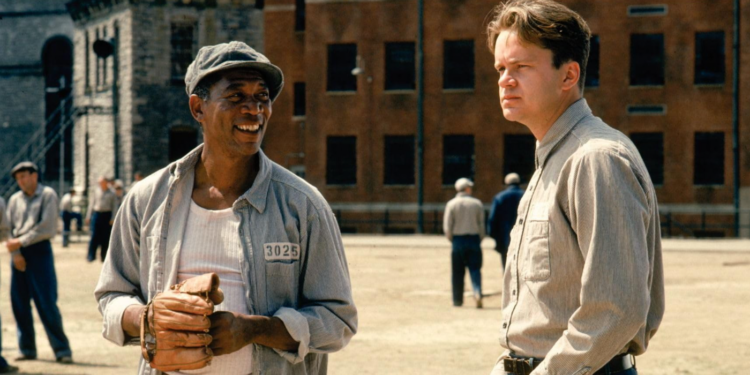
The Shawshank Redemption, although considered a classic today, faced its fair share of tensions on the set. Director Frank Darabont was well-known for his demanding approach, often commanding the actors to perform take after take to achieve the level of perfection he sought. This resulted in a grueling schedule that tested the endurance of everyone involved. According to The Digital Fix, one notable instance was during the shooting of the scene where Andy approaches Red to acquire a rock hammer, which took a staggering nine hours to complete. In the scene, Morgan Freeman had to continuously toss a baseball back and forth. By the time they finished filming, Freeman’s arm was in agonizing pain, to the extent that he arrived on set the following day with his arm in a sling.
The Shawshank Redemption Nearly Ended Differently
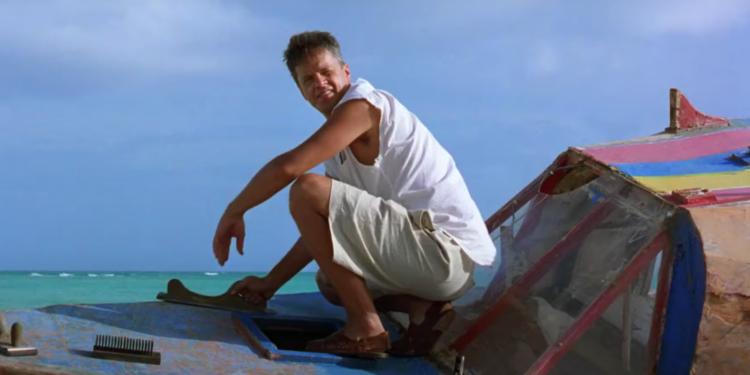
During post-production, Frank Darabont had to make a difficult decision to cut down the movie’s runtime in order to appeal to a wider audience and sell more cinema tickets. In its original cut, the ending differed from the one known and loved today. Instead of the heartwarming scene where Andy and Red reunite on the beach, the movie concluded with Red looking nostalgically out of the window on the bus as he heads towards the Mexican border to find Andy. However, the filmmakers realized the need for a more uplifting conclusion to leave a lasting impact on the audience. Consequently, an additional scene was shot, depicting the long-awaited reunion of the two friends, ending the movie on a note of hope and fortitude.
The Interesting Story Behind the Legacy of The Shawshank Redemption
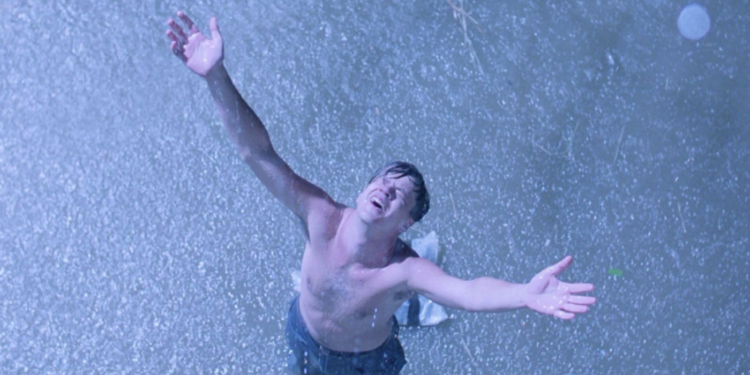
Despite not performing well at the box office initially, The Shawshank Redemption has carved its path to becoming a beloved classic. In 1994, it faced stiff competition from highly acclaimed films like Forrest Gump and Pulp Fiction, resulting in a modest box office gross of just over $73 million against its $25 million budget. To add to the disappointment, the film failed to secure any wins at the Academy Awards despite receiving seven nominations.
However, this redemption story took an unforeseen turn as it gained momentum in the years following its release. The Shawshank Redemption has since ascended to iconic status, capturing the hearts of audiences worldwide. What’s more, the film has held the top spot on IMDb’s Top 250 rated movies for an extended period, speaking volumes about its enduring appeal. Now widely hailed as one of the greatest films ever made, its overlooked success story has proven that sometimes, true greatness takes time to be recognized.
 Follow Us
Follow Us


